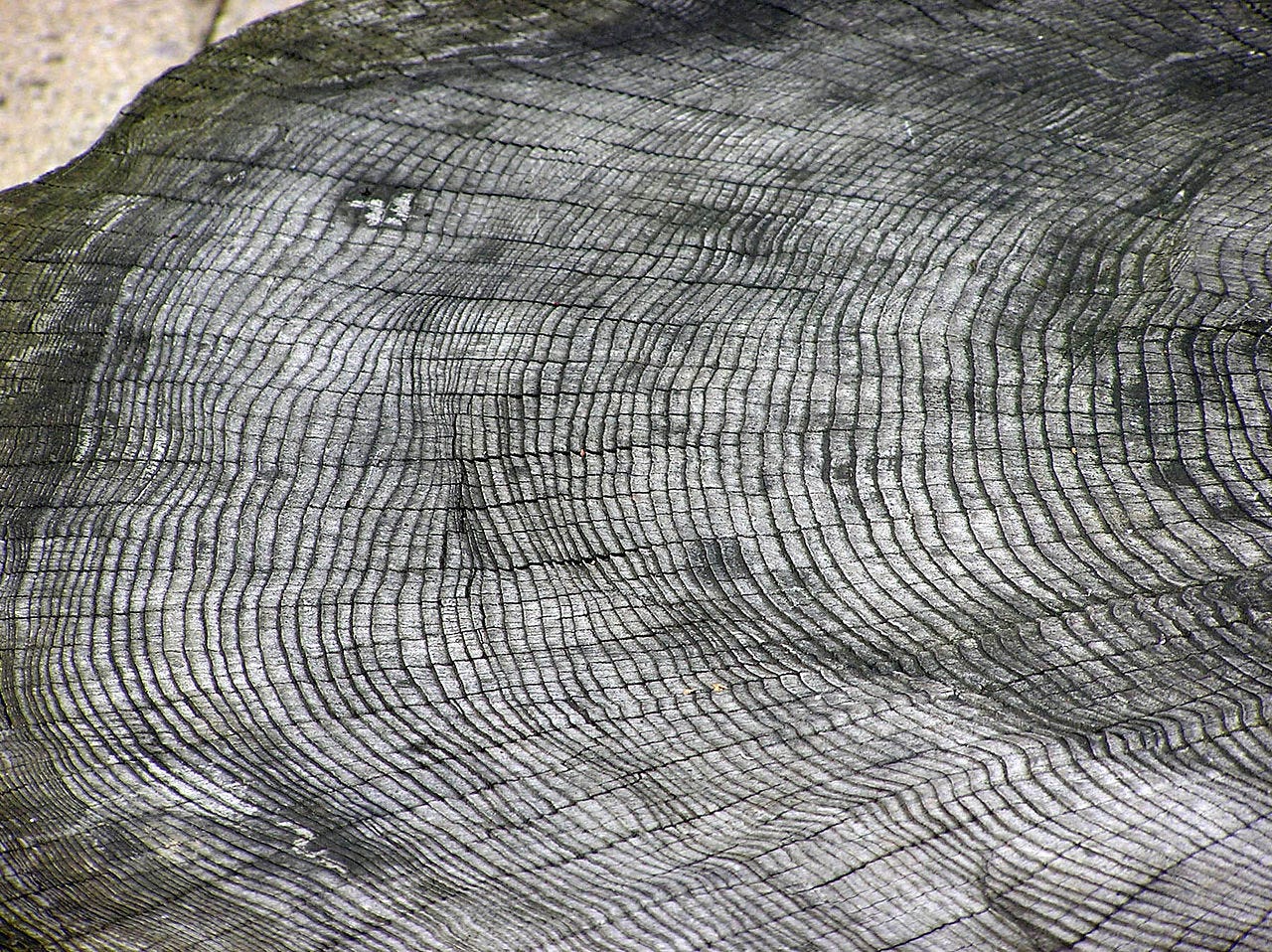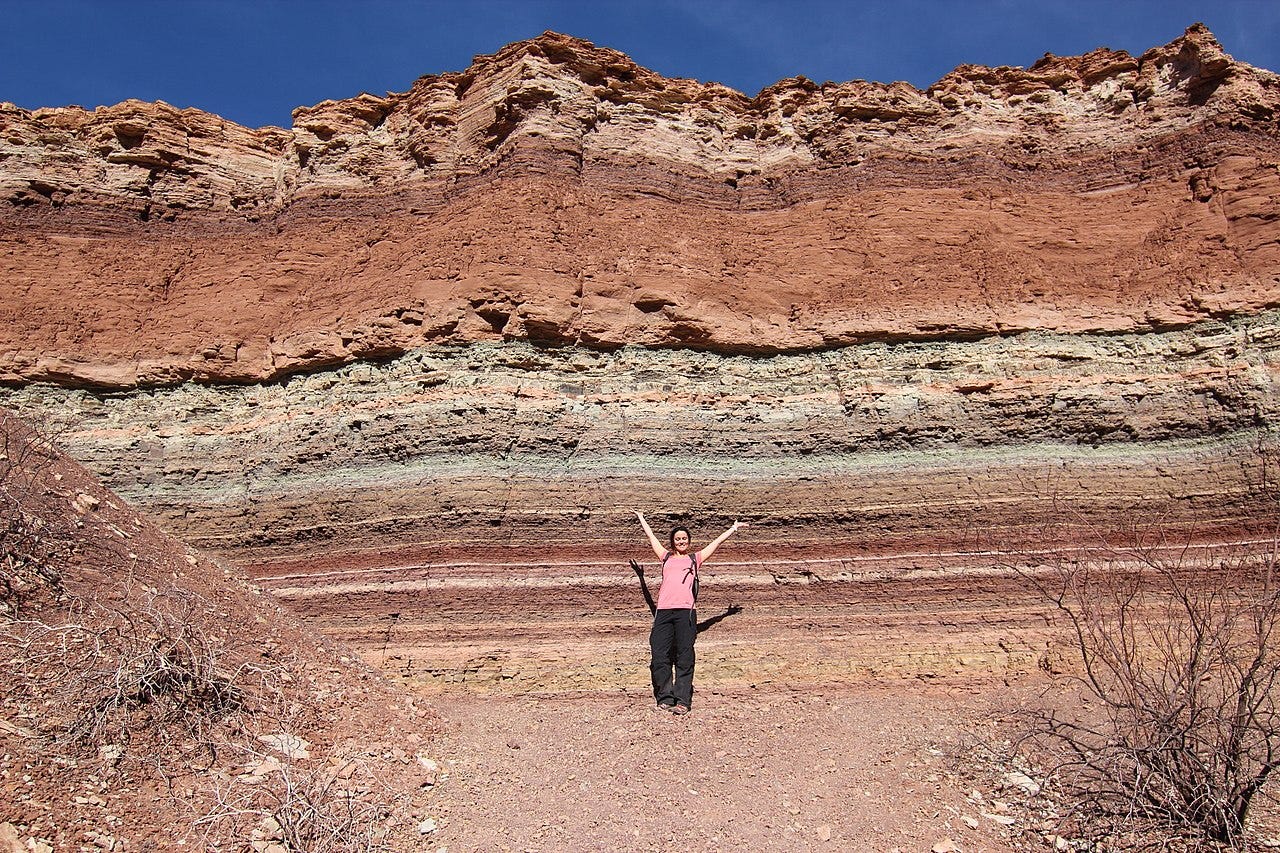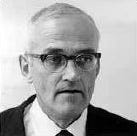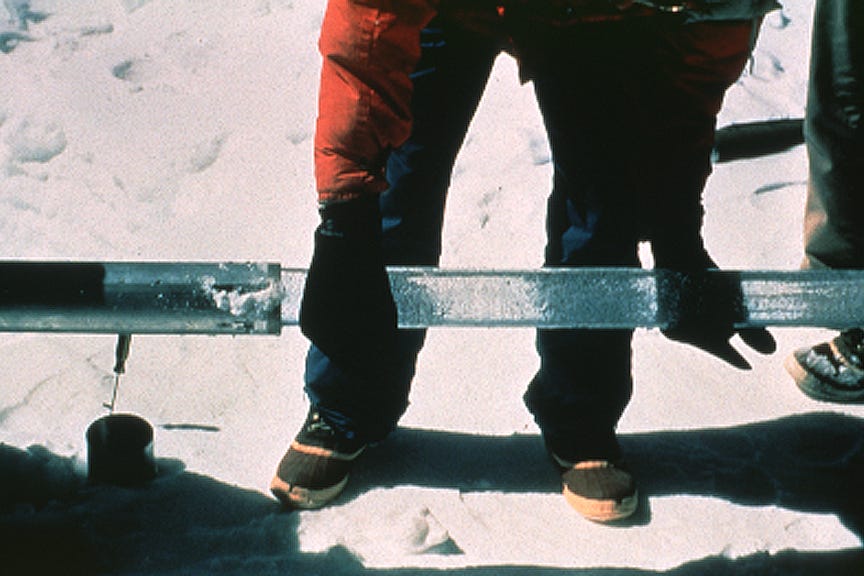⌛🪶What’s the Age of This?
How Scientists Date Ancient Objects?
Hey there! Have you ever wondered how scientists figure out the age of really old things, like fossils, rocks, or ancient artifacts? How do they get to know what the climate was in the past? It's like being a detective, but instead of solving crimes, they're uncovering the history of our planet and the things that lived here long ago.
Let me take you on a journey through the different methods scientists use to measure time and find out how old things are. This field of science is called "dating," and there are many cool ways to do it!
Carbon Dating
Carbon dating is one of the most famous methods. It's like the superstar of dating methods! It's used to date things that were once alive (these have organic materials) like plants, animals, and even ancient human artifacts.
How It Works
It relies on a special kind of carbon called carbon-14. This is the radioactive isotope of carbon, having two extra neutrons than the regular carbon, the carbon-12. Being radioactive carbon-14 decays over time.
This carbon-14 is made when cosmic rays from space hit nitrogen in the Earth's atmosphere. The carbon-14 combines with oxygen to make radioactive carbon dioxide, which plants absorb during photosynthesis. Animals then get carbon-14 by eating these plants. When a plant or animal dies, it stops taking in carbon-14, and the carbon-14 it already has starts to break down.
By measuring how much carbon-14 is left in a sample, scientists can tell how long it's been since the plant or animal died.
Since carbon-14 has a half-life of about 5,730 years, carbon dating is useful for dating things up to about 50,000 years old, as by this time about 99.8% of the
carbon-14 will have decayed.
Inventor
Willard Libby, an American chemist, invented carbon dating in the late 1940s. He even won a Nobel Prize for his work!
Tree Ring Dating (Dendrochronology)
This method is super cool because it uses trees to tell time! Trees grow rings each year, and by counting these rings, scientists can determine the age of the tree.
How It Works
New growth in trees happens in a layer of cells just under the bark. Trees grow in a predictable pattern throughout the year, responding to seasonal changes in climate. This growth results in visible rings, with each ring marking one complete year in the tree's life. By counting these rings, scientists can figure out how old the tree is.

But that's not all! Scientists can also compare the pattern of rings in different trees to learn about climate changes over time. This helps them date wooden objects and understand historical weather patterns. As of 2020, securely dated tree-ring data for some regions in the Northern Hemisphere go back an amazing 13,910 years.
Inventor
A.E. Douglass, an American astronomer, developed dendrochronology in the early 1900s.
Potassium-Argon Dating
This is a type of radiometric dating used especially for volcanic rocks. It's handy for dating really old things, like early human fossils.
How It Works
The main concept is similar to carbon dating. Just the radioactive element is different.
Volcanic rocks contain potassium-40, a radioactive element.
Potassium-40 decays into argon-40 over time.
By measuring the ratio of the amount of argon-40 to potassium-40, scientists can determine the age of the rock.
In 2013, the K–Ar method was used by the Mars Curiosity rover to date a rock on the Martian surface, the first time a rock has been dated from its mineral ingredients while situated on another planet. Estimate age: 3.86 billion to 4.56 billion years old.
Due to the long half-life of potassium-40, the technique is most applicable for dating minerals and rocks more than 100,000 years old.
Uranium-Lead Dating
This is another radiometric method, but it's super precise. It's often used to date the oldest rocks on Earth. It can be used to date rocks that formed and crystallized from about 1 million years to over 4.5 billion years ago with high precision.
How It Works
Uranium in rocks decays into lead over time.
By measuring the ratio of uranium to lead, scientists can determine the age of the rock.
The method relies on two separate decay chains, the uranium series from 238-U to 206-Pb, with a half-life of 4.47 billion years, and the actinium series from 235-U to 207-Pb, with a half-life of 710 million years.
Inventor
This method was developed by an American geochemist, Claire Patterson in the 1950s.
He used the method to calculate the age of the Earth as 4.55 billion years old. This figure was far more accurate than those that existed at the time, and one that has remained largely unchallenged since 1956.
Note: All the forms of dating involving radioactive materials like carbon-14, Potassium-40 and Uranium-238 or 235, are together called radiometric dating.
Thermoluminescence
This method is used to date materials containing crystalline minerals that were either heated (lava, ceramics) or exposed to sunlight (sediments). It's all about heat and light!
How It Works
When certain materials are heated, they release stored energy in the form of light.
The amount of light released tells scientists how long it's been since the material was last heated.
At US$300–700 per object it is one of the cheapest dating methods available.
Ice Core Dating
This method is used to study ancient climates. An ice core is a core sample that is typically removed from an ice sheet or a high mountain glacier. Since the ice forms from the incremental buildup of annual layers of snow, lower layers are older than upper ones, and an ice core contains ice formed over a range of years. Scientists drill into ice sheets to collect cores that are like frozen time capsules.
How It Works
Each year, snowfall creates a new layer of ice.
By counting these layers, scientists can determine the age of the ice.
They can also study trapped air bubbles to learn about past climates.
Inventor
This method has been developed by many scientists over the years, with significant contributions from people like Willi Dansgaard in the mid-20th century.

Stratigraphy
This is one of the oldest methods. It's like reading the pages of a book made of rocks and soil.
How It Works
Layers of rock and soil build up over time, with the oldest layers at the bottom.
By studying the sequence of layers, scientists can determine the relative age of fossils and artifacts.

Inventor
This method dates back to early geologists like Nicolas Steno in the 17th century.
So, there you have it! Scientists have many clever ways to figure out how old things are. Each method has its own special tricks and tools, but they all help us uncover the secrets of the past. It's like solving a giant, ancient puzzle, piece by piece. And who knows, maybe one day you'll become a scientist and help solve the mysteries of our world too!
Previous Articles
Lawyers: From Antiquity to Advocacy
Economic Bubbles: Money, Madness, and Meltdown
Bread: From Grain to Global Staple
Coffee: From First Wave to Third Wave (Recommended)
Airflight: Early Aviation Marvels






